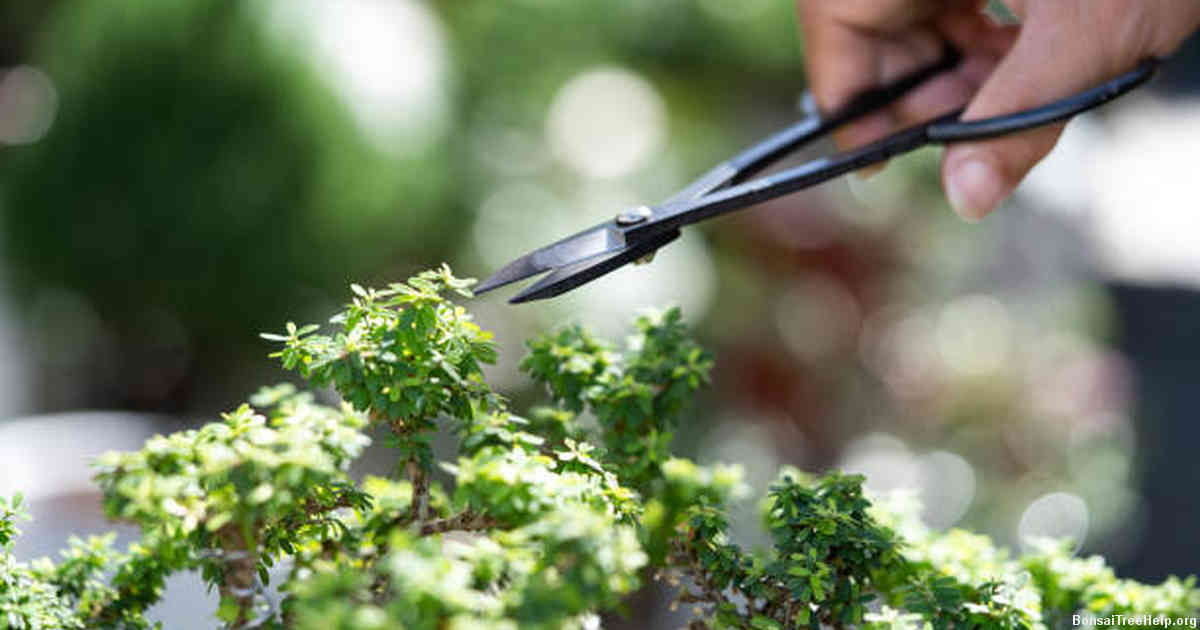
To grow a papaya bonsai, you need to begin by selecting a papaya variety suitable for container cultivation. Look for varieties with dwarf or compact growth habits. Plant the seedling in well-draining soil amended with organic material such as compost. Place your bonsai outdoors in a location that gets plenty of sunlight and water regularly. Prune your bonsai periodically to maintain its desired shape, size, and style. Fertilize the plant every month using a balanced fertilizer mix formulated for fruit trees or tropical plants. Harvest fruits when they are fully mature and orange-colored in color. Provide protection from extreme temperatures both hot and cold during winter months. This will ensure the health and beauty of your papaya bonsai year round.
Contents:
- Choosing the Right Tree: Factors to Consider
- Preparing Your Container: Soil and Fertilization Tips
- Pruning Techniques for a Healthy Bonsai Shape
- Watering and Temperature Control: Best Practices for Growth
- Protecting Your Bonsai from Pests and Disease
- Repotting your Papaya Bonsai: When and How To Do It Right
- Troubleshooting Common Problems Along the Way
Choosing the Right Tree: Factors to Consider

When selecting a tree to use for growing a papaya bonsai, there are several factors you should consider. The type of tree. A variety of trees can make good choices, such as ficus and schefflera. The size of your space and climate will be determining factors when selecting a suitable species. Depending on what part of the world you live in will also play a role since some trees thrive better in certain climates.
Another important element is how much maintenance it requires; some varieties require more pruning than others and may not suit your needs if you don’t have enough time to devote to it. If you want an ornamental tree look or one with large fragrant flowers then factor this into your choice too; many papaya bonsai trees only bear fruit but do not flower or produce impressive foliage display so these should be avoided for an aesthetic purpose.
Remember that all plants need proper care which includes light exposure, watering frequency and fertilizing practices that are specific to each species so ensure before choosing a particular kind of tree that you understand its basic requirements and can provide them accordingly. This way you can grow a successful papaya bonsai that blooms beautifully every year.
Preparing Your Container: Soil and Fertilization Tips
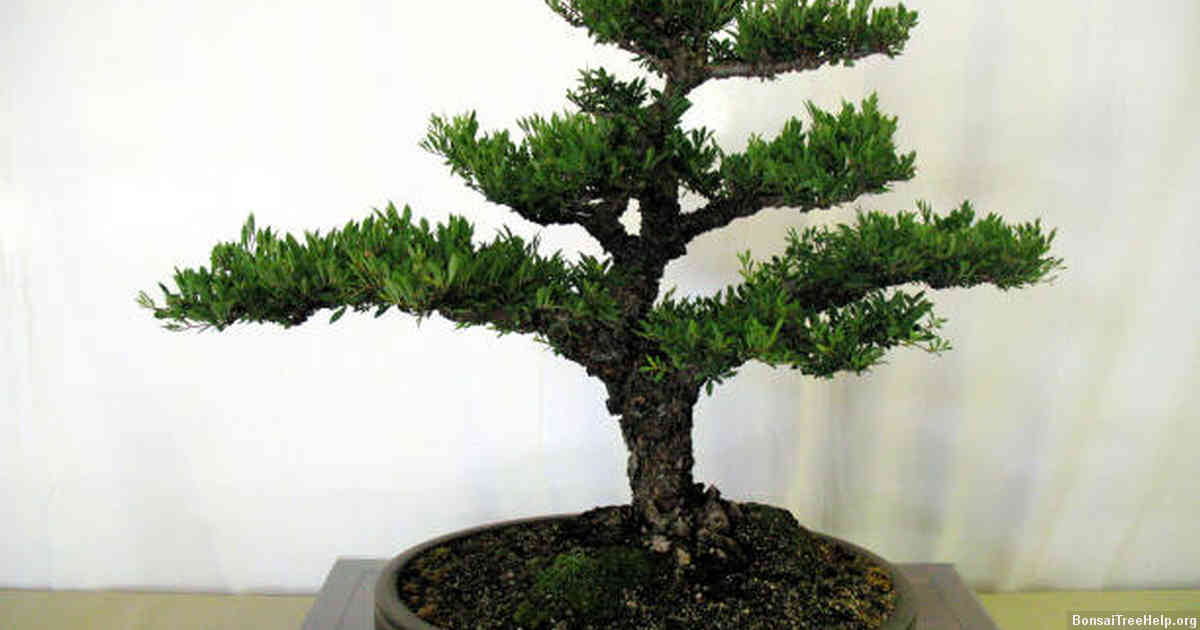
Papaya bonsai are an elegant addition to any home, but they require special care and attention in order to thrive. Preparing the container with the proper soil and fertilization is the first step to ensure successful growth.
When choosing a pot for your papaya bonsai, select one that has excellent drainage capabilities. A shallow clay pot is ideal for optimal roots growth as it helps release trapped heat from within the soil which aids in water evaporation and prevents root rot. In order for air circulation to be maximized, add some stones or pebbles at the bottom of the pot before pouring in your compost-enriched soil mix. Make sure you cover this layer with moss so that there is not direct contact between them and the fertilizer used later on during planting.
Fertilizing your papaya bonsai regularly will promote healthy foliage and flowering habits; however over-fertilizing can have detrimental effects on their development. To prevent burning of roots due to excess salts, opt for organic nutrient sources such as worm castings or compost tea every month during spring time. This can also help reduce any chance of fungal diseases caused by mineral accumulation when watered too often without adequate drainage at the same time while supplying vital microorganisms necessary for further growth cycles throughout summer months.
Pruning Techniques for a Healthy Bonsai Shape
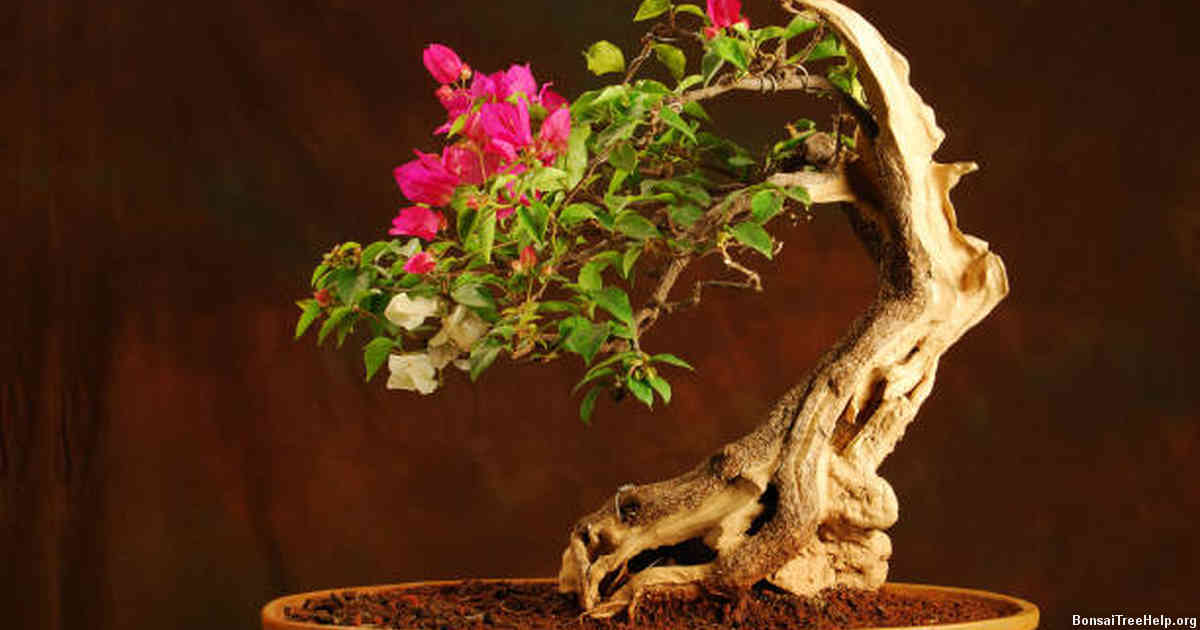
Pruning is an essential part of creating a healthy, aesthetically pleasing papaya bonsai. It’s important to prune the plant when needed in order for it to maintain its shape and encourage new growth. While pruning may seem daunting at first, with a few simple tips it can become an enjoyable activity that results in beautiful bonsai creation.
When beginning the process of pruning your papaya bonsai, start by removing any dead leaves or branches. This will allow more light to reach the inner parts of the tree and discourage disease and pests from settling in. Keep track of which way each branch is pointing so you know where to place them back when reshaping the bonsai’s form. Then remove weak and thin branches while making sure not to cut too much off all at once; remember, you want to keep some foliage in order for the plant to maintain its vigor over time.
It’s also wise to trim back stems that are competing with one another as these could damage other structures within the canopy if left unchecked. Make sure not to leave sharp edges around each stem or cutting as this could tear any delicate bark on nearby limbs or trunks. Always use clean tools when cutting your bonsai, such as sterilized scissors or shears; this will help prevent introducing diseases into your prized specimen.
With patience and care, creating a vibrant papaya bonsai using pruning techniques should be achievable for both novice growers and experienced horticulturists alike.
Watering and Temperature Control: Best Practices for Growth
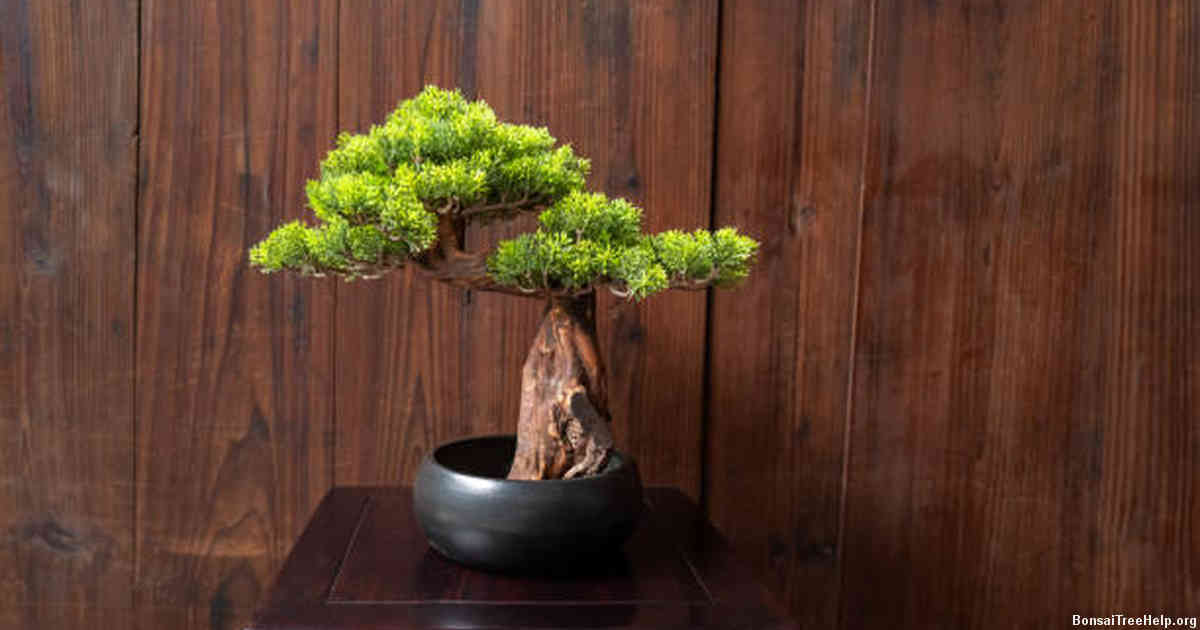
The life cycle of a papaya bonsai is complex and requires meticulous care. Maintaining proper moisture levels and temperature regulation are key for successful cultivation. It’s critical to have the right balance between wetness and dryness, too much or too little can quickly compromise plant health. Here are some practical tips to ensure your papaya bonsai thrives:
When it comes to watering, find the sweet spot. Papaya bonsais need enough water but not so much that the soil becomes overly saturated. Make sure you check on the surface level first before watering, as over-watering can lead to root rot or other problems down the line. Submerge the pot in a bowl of room temperature water for 10 minutes once every two weeks or when the top soil feels arid – this should be enough hydration to sustain healthy growth through all seasons.
Regulating temperatures is also integral in keeping papayas happy and strong indoors. Ideal environmental conditions require warm climates without any drastic fluctuations in temperature – aim for 20 – 28°C (68 – 82°F). You may need extra devices like humidity monitors, heating elements, fans or even air conditioners depending on where you live; these tools will help keep consistent airflow around your bonsai tree throughout winter months especially if you opt for an outdoor set up for optimal sunlight exposure during summer time. Inspect foliage regularly and remove damaged parts as soon as possible with sterilized pruners. Keep an eye out for potential pests like aphids that tend to suck sap from young plants–use insecticidal soap to reduce population size if necessary and introduce beneficial predators like ladybugs into garden beds to help control damage naturally.
Protecting Your Bonsai from Pests and Disease

When caring for a papaya bonsai, protecting it from pests and disease is of utmost importance. Regularly monitoring your tree can help you spot signs of an issue before it becomes irreparable. Symptoms such as wilted or yellow leaves, patches of discolored bark, scale insects, aphids and mealy bugs may be indicative of a problem that requires swift attention.
The best way to prevent damage is by proactively avoiding contact with these potential problems in the first place. Keeping your papaya tree away from potentially contaminated soil will reduce its risk of exposure. Applying compost tea made from composted materials such as worms castings or fish emulsion every one to two months also helps keep the soil healthy and encourages stronger roots growth which deters infestation.
Using organic pesticides according to directions provided on their labels can aid in controlling any disease or pest outbreaks that occur despite your protective measures. Spray only in early morning or late evening hours when there is less activity among beneficial predators so they have time to feed and eradicate pests naturally without being harmed by chemicals. If managed well, it’s possible to effectively protect your bonsai without compromising its health or beauty.
Repotting your Papaya Bonsai: When and How To Do It Right
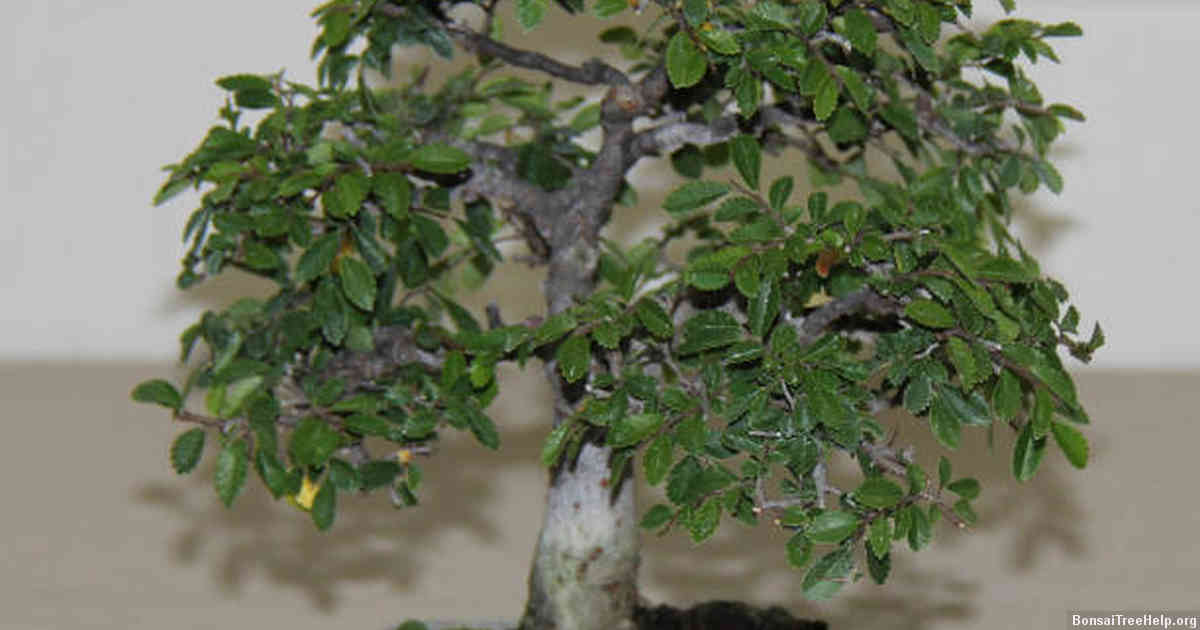
A papaya bonsai is a great way to bring the tropical vibes into your home or garden. Although they look exotic and complicated, papayas can be easily transformed into a flourishing miniature tree with proper care. One of the key aspects to take into consideration when taking care of this type of plant is repotting it in due time. This simple process requires patience and dedication but if done properly, it will ensure that your plant stays healthy for years to come.
Repotting should generally be done every two to three years, although young plants may need more frequent repottings due to fast root growth. Springtime is usually the best season for this task as new buds start appearing around this period and more energy goes towards regrowth instead of maintaining size. When going about repotting your bonsai, make sure you select a pot with adequate drainage holes to ensure appropriate aeration for the roots, thus helping them thrive better. Use a well-draining mix made out of organic matter such as compost and perlite that ensures good nutrition and moisture retention throughout the growing cycle.
Once you’re ready with soil and pot selection, carefully remove the plant from its container while trying not disturb any roots too much. Gently loosen up any bound up roots before placing it in its new container by creating small cuts with gardening scissors if necessary. This allows for easier absorption of water and nutrients so plants can stay healthier for longer periods of time without having to undergo unnecessary stress such as drying out quickly after watering sessions – an issue seen often on neglected bonsais. Once everything is set up accordingly don’t forget to give your little tree some well-deserved love through waterings according to their needs; once or twice per week depending on seasonality amongst other variables like sunlight levels available within their designated areas or even room temperatures!
Troubleshooting Common Problems Along the Way
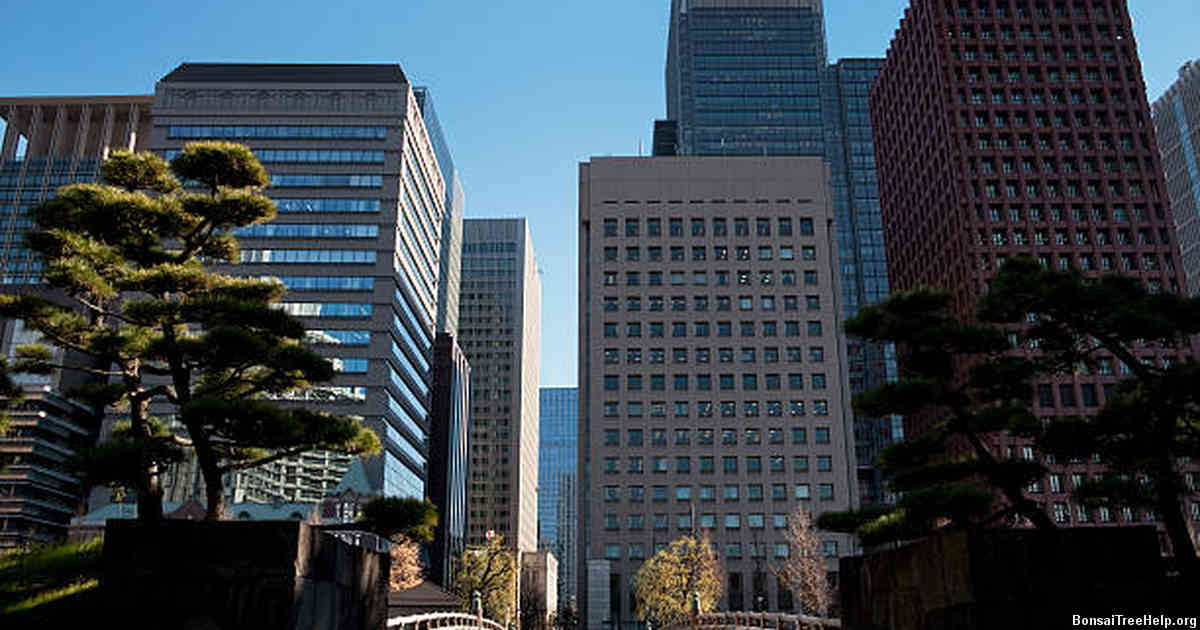
Growing a papaya bonsai can be an exciting journey that teaches patience and dedication. Though papaya trees are resilient, they can encounter some problems along the way if not cared for properly. To get your papaya bonsai thriving, it is important to troubleshoot any issues as soon as they arise.
The most common issue with growing a papaya bonsai tree is due to excessive moisture retention in the soil. Papayas need well-draining soil in order to remain healthy, as too much water will cause root rot and other fungal problems like mildew. If you notice yellowing of the leaves or wilting of stems, this could be a sign that the soil needs more drainage. A simple solution for this problem is to remove some of the existing soil from the pot and replace it with more sand or peat moss mixture.
Another possible issue when trying to grow a papaya bonsai might occur during hot weather when there isn’t enough protection against strong sunlight. The leaves on these trees are delicate and prone to sunburns when left unprotected during harsh conditions; try using an umbrella or curtain fabric draped over them in order to give them better coverage against direct light exposure. Not only will this help prevent any damage, but it also helps maintain proper humidity levels which can increase growth rate and health overall.
Leave a Reply